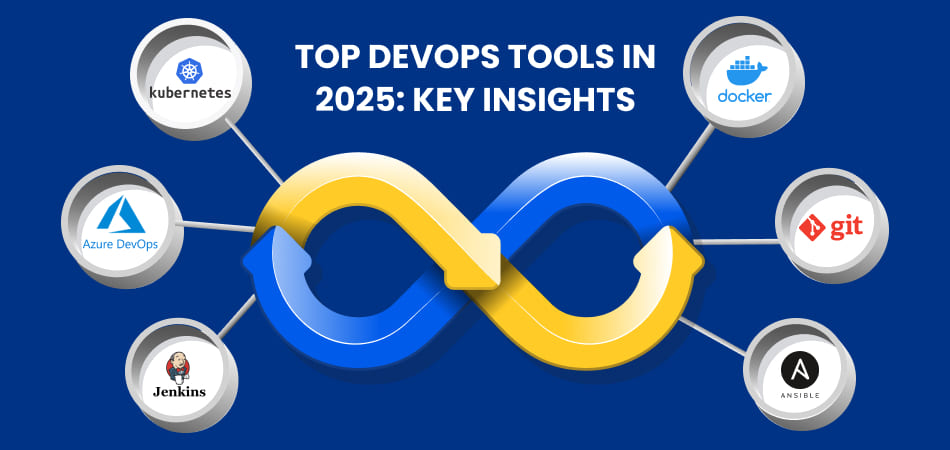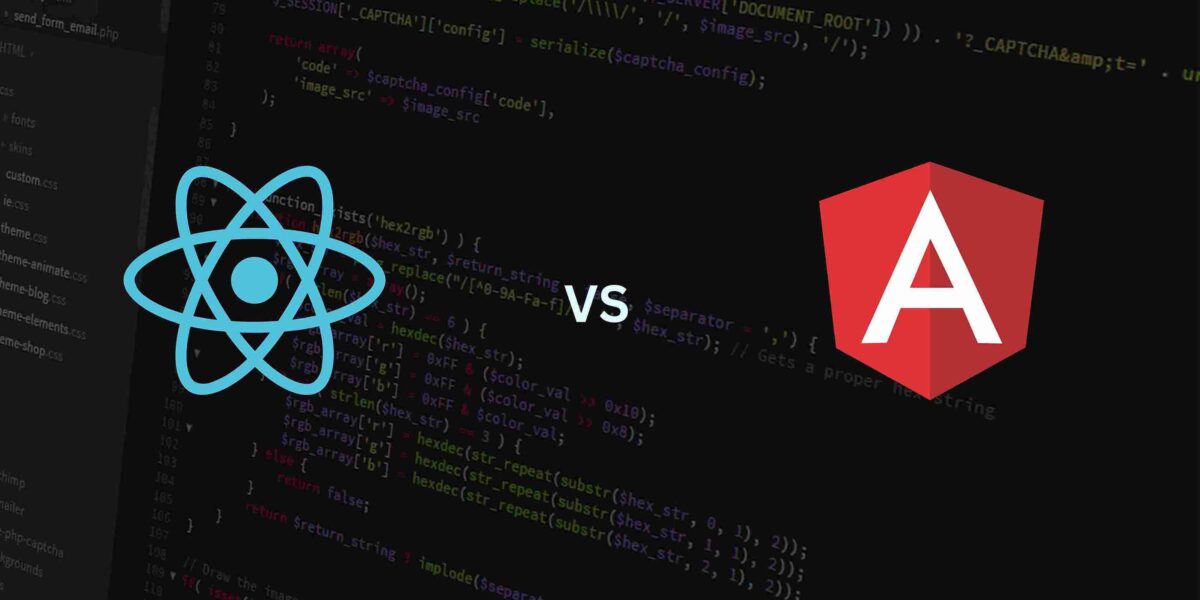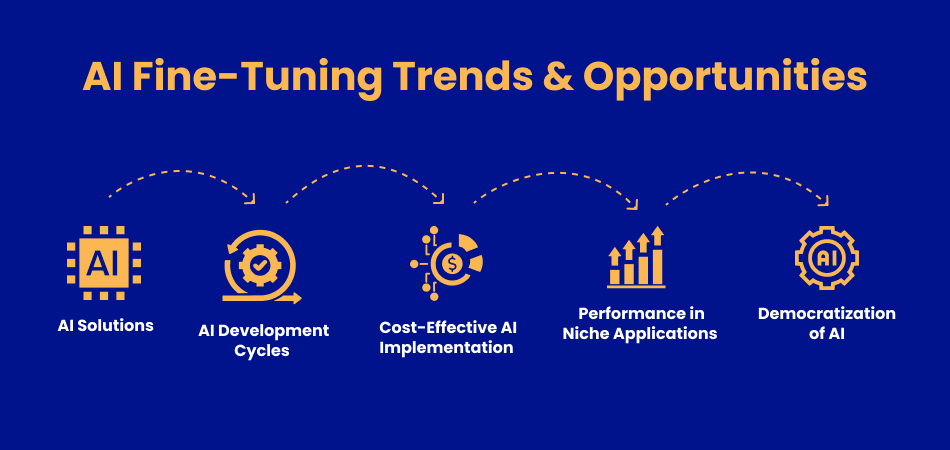Introduction
The landscape of DevOps is rapidly evolving, with organizations increasingly relying on automation, collaboration, and efficiency to streamline software development and deployment processes. As we enter 2025, several DevOps tools continue to stand out for their ability to enhance CI/CD pipelines, security, monitoring, and infrastructure management. This comprehensive analysis will explore the top DevOps tools of 2025, their features, benefits, and use cases, helping businesses make informed decisions and optimize their DevOps practices.
What is DevOps?
DevOps is a set of practices that combines software development (Dev) and IT operations (Ops) to shorten the software development lifecycle while delivering high-quality applications. It emphasizes collaboration, automation, continuous integration, and continuous deployment (CI/CD). By fostering a culture of shared responsibility, DevOps helps teams build, test, and release software faster and more reliably.
Key Factors in Choosing DevOps Tools
When selecting a DevOps tool, businesses should consider several crucial factors:
- Scalability: Can the tool handle growing workloads as the organization expands?
- Integration: Does it integrate seamlessly with existing infrastructure and third-party applications?
- Automation: How effectively does it automate deployment, testing, and monitoring tasks?
- Security: Does it comply with security best practices and offer robust protection mechanisms?
- Ease of Use: Is it user-friendly with a strong support community and documentation?
By evaluating these factors, organizations can ensure that their chosen tools align with their business needs and long-term objectives.
Top DevOps Tools in 2025
Below, we explore some of the most effective and widely used DevOps tools in 2025, categorized by their primary functions.
1. CI/CD Automation Tools
CI/CD (Continuous Integration and Continuous Deployment) automation tools play a critical role in modern DevOps workflows by ensuring code changes are automatically built, tested, and deployed without manual intervention. These tools streamline the software development lifecycle (SDLC) by enabling faster releases, improving collaboration, and minimizing deployment errors.
Key Features:
- Automated Builds and Testing: CI/CD tools automatically build and test code before deployment.
- Pipeline as Code: Developers can define and manage pipelines using code, enhancing reproducibility.
- Integration with Version Control: Supports platforms like GitHub, GitLab, and Bitbucket for seamless integration.
- Scalability and Parallel Execution: Supports large-scale software projects with efficient execution of multiple pipelines simultaneously.
- Automated Rollbacks: If a deployment fails, these tools can automatically revert to the last stable version.
| Tool | Key Features | Use Case |
| Jenkins | Open-source, highly customizable, supports thousands of plugins | Automating CI/CD pipelines for enterprises |
| GitHub Actions | Integrated with GitHub, seamless CI/CD workflows, built-in security features | Best for GitHub-based repositories |
| GitLab CI/CD | Integrated with GitLab, auto DevOps features, container support | All-in-one DevOps automation platform |
| CircleCI | Fast builds, cloud and on-premises options, robust security | Ideal for cloud-native and mobile development |
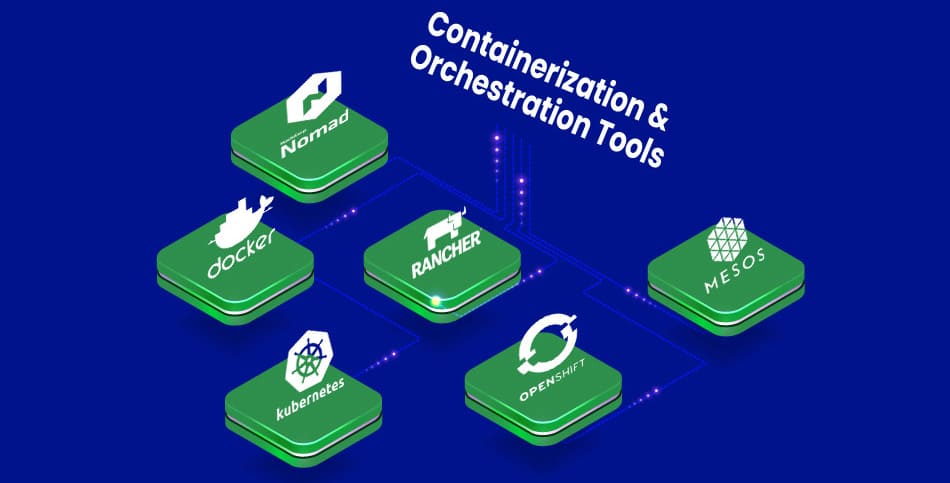
2. Containerization and Orchestration Tools
Containerization and orchestration tools facilitate the efficient deployment, management, and scaling of applications in isolated environments. These tools improve resource utilization, enhance security, and streamline DevOps workflows by ensuring consistency across different computing environments.
Key Features:
- Lightweight Containers: Applications run in isolated environments, reducing dependency issues.
- Orchestration Capabilities: Automates scaling, networking, and management of containerized applications.
- Multi-Cloud Support: Enables seamless deployment across AWS, Azure, and Google Cloud.
- Self-Healing and Auto-Scaling: Ensures high availability and resilience by dynamically adjusting resources.
- Security and Compliance: Implements role-based access control and secure networking.
| Tool | Key Features | Use Case |
| Docker | Lightweight containers, cross-platform compatibility | Building and running applications in isolated environments |
| Kubernetes | Automates deployment, scaling, and management of containers | Managing containerized applications at scale |
| OpenShift | Enterprise Kubernetes, built-in security and monitoring | Best for enterprises needing Kubernetes with additional features |
| Amazon ECS | Fully managed container orchestration, integrates with AWS services | Deploying containerized applications on AWS |
3. Infrastructure as Code (IaC) Tools
Infrastructure as Code (IaC) tools allow DevOps teams to define and manage IT infrastructure using code, ensuring consistency, scalability, and automation. These tools enable organizations to deploy infrastructure across different cloud providers efficiently.
Key Features:
- Declarative Configuration Management: Infrastructure is defined using configuration files.
- Multi-Cloud and Hybrid Cloud Support: Supports deployment across AWS, Azure, and Google Cloud.
- Automated Provisioning and Scaling: Automates the creation and management of infrastructure resources.
- Version Control Integration: Allows tracking changes and rolling back configurations.
- Security and Compliance Enforcement: Implements governance policies to maintain compliance.
| Tool | Key Features | Use Case |
| Terraform | Declarative configuration, multi-cloud support | Managing cloud infrastructure efficiently |
| Ansible | Agentless automation, simple YAML syntax | Automating server provisioning and configuration |
| Puppet | Model-driven automation, large module ecosystem | Managing large-scale IT environments |
| Chef | Configuration management, compliance automation | Ensuring infrastructure consistency and security |
4. Monitoring and Logging Tools
Monitoring and logging tools help DevOps teams track application performance, identify issues, and gain insights into system behavior. These tools ensure high availability, optimize resource usage, and enhance security by detecting anomalies in real time.
Key Features:
- Real-Time Monitoring: Provides insights into system performance and application health.
- Log Analysis and Aggregation: Centralizes and analyzes logs for troubleshooting.
- Alerting and Notification Systems: Sends alerts for anomalies and failures.
- Integration with DevOps Ecosystem: Supports seamless integration with CI/CD, cloud platforms, and security tools.
- Custom Dashboards and Visualization: Enhances observability with graphical dashboards.
| Tool | Key Features | Use Case |
| Prometheus | Metrics-based monitoring, strong Kubernetes integration | Best for cloud-native environments |
| Grafana | Interactive dashboards, integrates with multiple data sources | Visualizing monitoring data effectively |
| ELK Stack (Elasticsearch, Logstash, Kibana) | Log management, powerful search and visualization | Centralized logging and analytics |
| Datadog | Full-stack observability, AI-powered alerts | Best for end-to-end application monitoring |
5. Security and Compliance Tools
Security and compliance tools ensure DevOps teams maintain secure and compliant software development practices. These tools automate vulnerability scanning, enforce security policies, and provide real-time threat detection to safeguard applications and infrastructure.
Key Features:
- Automated Security Scanning: Detects vulnerabilities in code and infrastructure.
- Compliance Management: Ensures adherence to industry standards like GDPR, HIPAA, and SOC 2.
- Threat Detection and Response: Identifies and mitigates security threats in real time.
- Role-Based Access Control (RBAC): Restricts access to critical infrastructure and applications.
- Integration with DevSecOps Pipelines: Embeds security checks into CI/CD workflows.
| Tool | Key Features | Use Case |
| SonarQube | Static code analysis detects vulnerabilities | Ensuring code quality and security |
| Aqua Security | Container and Kubernetes security | Securing cloud-native applications |
| Snyk | Developer-friendly security, integrates with CI/CD | Identifying and fixing vulnerabilities in dependencies |
| HashiCorp Vault | Secrets management, access control | Managing sensitive credentials securely |
Real-World Examples of DevOps Tools in Action
- Netflix – Uses Kubernetes and Spinnaker for CI/CD automation, enabling rapid deployments and improving service reliability.
- Amazon – Employs Terraform and AWS CloudFormation for Infrastructure as Code, allowing automated, scalable cloud provisioning.
- Airbnb – Uses Docker and Kubernetes for containerized application management, improving portability and deployment speed.
- Facebook – Implements Prometheus and Grafana for real-time monitoring, ensuring high availability and performance optimization.
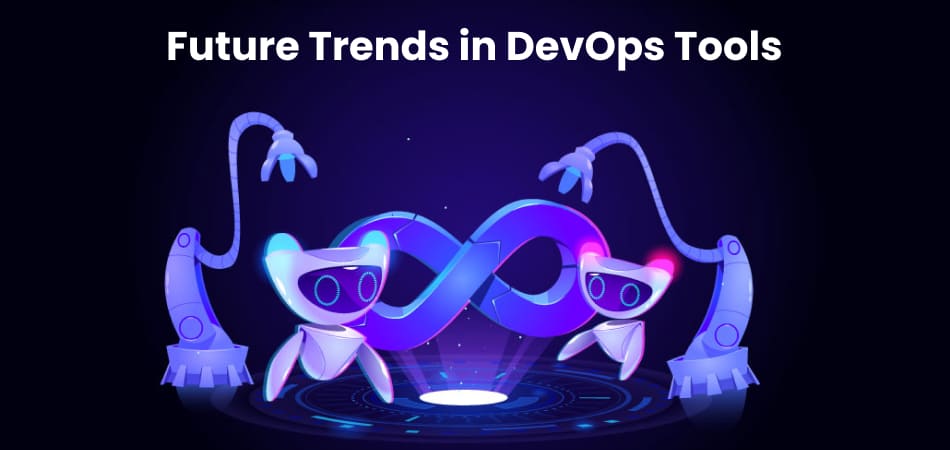
Future Trends in DevOps Tools
Looking ahead, several trends will shape DevOps in 2025 and beyond:
- AI-Driven Automation – AI-powered tools will optimize CI/CD, monitoring, and security, reducing manual effort.
- Serverless Computing – More organizations will adopt serverless technologies like AWS Lambda, reducing infrastructure complexity.
- GitOps Adoption – GitOps practices will enhance infrastructure management, promoting a declarative approach.
- Zero Trust Security – Security-first DevOps approaches will become standard, emphasizing identity verification and access control.
Conclusion
The DevOps ecosystem in 2025 continues to evolve, with tools that enhance automation, security, and scalability. Whether it’s CI/CD, containerization, monitoring, or security, selecting the right tools can significantly impact an organization’s efficiency. By staying updated on emerging trends and leveraging the best tools available, businesses can streamline their DevOps practices and drive innovation.
By analyzing the top DevOps tools of 2025, businesses can choose the right solutions to enhance their software development and deployment processes. Which DevOps tools do you use in your projects? Share your thoughts in the comments below!
